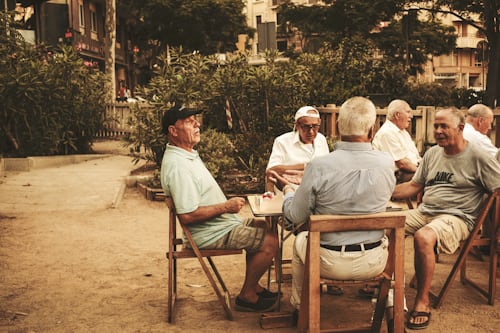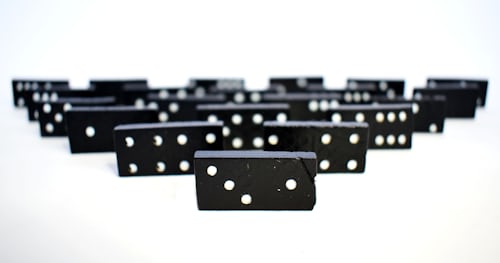On Saturday I wrote about how the motivation equation explains why you are or aren’t motivated. I want to write now on how you can use the same equation to get more motivated.
Here’s the equation again. Recall we replaced the I with F, for Friction

In short, to get more motivated, you need to:
- Increase the chances you can do something (E)
- Increase the value of doing it (V)
- Decrease the things that make it harder to do something (F)
- Decrease the delay in it occurring (D)
Remember, we all have alternatives (A) in terms of what we can do. And this is where context C comes into the picture.
Let’s take some classic examples to walk through this. I’ll underline the approaches you can take to motivate yourself and emphasize how it relates to the formula.
First example: lie on the couch or go to the gym and get in shape? V may be the same for both, but E is low and D is big for getting in shape. Plus there is hardly any friction F in being a couch potato. Going to the gym means getting ready, getting to the gym, dealing with people at the gym, washing up, and then going home. So much friction! If only you could motivate yourself to get off the couch and do something!
The way to motivate yourself with this is to reframe things. Change the context. That will help you change the equation and bump up the Vs and Es and decrease the Ds and Fs. If you need motivation for getting in shape, the question should not be: lie on the couch or go to the gym and get in shape? The question should be: 1) lie on the couch and feel bad later and sink into poor health or 2) go to the gym and feel good now and get in shape? In that context, V for #1 drops and V for #2 increases. Next, tackle the friction F for going to the gym. People do all sorts of things for that: find a gym near them, have a gym bag packed, find a friend to work out with, or skip the gym altogether and workout at home. There are lots of actions to decrease F. Likewise, if you focus on the short term goal of feeling good on the day you go to the gym, E increases and D decreases and your motivation goes up.
This leads to my next approach: you need a plan. Plans help increase expectations E and decrease delay D. If you want to run a 5K or a marathon, if you want to learn a language, if you want do achieve anything worthwhile, it helps to have a plan. Plans help with E: if you have an authority (coach, instructor) telling you that if you stick to the plan you will succeed, E goes up. Plans help with D too because now you can imagine/see D decreasing with every day that passes. Likely V increases every day too. Finally plans decrease F. Uncertainty of what to do is a source of Friction. A plan decreases uncertainty and thus F.
Planning is easier than you think. Can’t come up with a plan? Do this. Say: I will do this today and tomorrow. Or today and the rest of the week. After you do it, make a record. Write it down. Mark a calendar. Whatever works. After a week, tell your stupid brain: that was the plan, dummy…I tricked you because you were telling me I couldn’t do it and I did it and before you tell me I can’t do it again you told me I couldn’t do it at all and I did so I know best and I will do it! (It’s worth a shot). Don’t let planning stop you. Any plan, even a bad plan, will help. Here’s a plan: buy a dozen beer or Gatorade. Put them on a shelf. Plan to drink one every time you work out. Put the empties next to the full ones. Plan to finish them all. Voila! Who said you can’t plan?
Another way of dealing with expectations E (and your stupid brain) is visualization. Chances are you use visualization already, just in a bad way! You imagine all the reasons you cannot succeed. Now be like a professional skier or runner and imagine all the ways you can succeed. Whenever you imagine failing, imagine successful alternatives instead and practice going over them in your mind. You will see increases in E if you work at it.
Related to visualization is internal chatter. In sports, coaches will tell players on the bench to “talk it up!”. Why? Because it encourages teammates and defeats their negative internal chatter. You should do the same. When you motivate yourself to do something and you are done, what do you do? Do you just move on to the next thing? If you do, you are telling yourself: that didn’t matter. If a team scores playing a game, they get excited! They cheer! When a team is defending, everyone yells “Defense!” All of these things increase the value V of the thing they are doing. You need to do the same, and by doing so, increase the value of what you are doing or what you did. And when you succeed, you give yourself a cheer and your brain thinks: I can do it! And with that, the next time you try and do it, E is increased.
Another way to motivate yourself is overloading. If you aren’t motivated to go to the gym to get in shape, come up with several reasons to go. You aren’t just going to the gym to 1) get in shape. You are going to the gym to 1) get in shape 2) get out of the house 3) meet your friend 4) reasons of vanity 5) reasons of pride 6) etc. Give yourself as many reasons as possible. Brainstorm ideas. Ask friends. List them all out. Get as many high value ones as possible.
Related to overloading is overshooting. Didn’t do any of your hobby last month? Missed meeting up with friends? How about planning to do it every day next month? Twice on Sunday even! Imagine making huge improvements on your drawing or sewing or photography. Think about all the enjoyment you’d get seeing all your friend or just contacting them. List all the ways you could derive value V from that. Now after a month, look back. You likely didn’t do it all. (If you did, awesome!) But look at the improvements you made. As they say, you aimed for the stars and landed on the moon and that in itself is incredible. No doubt all the effort resulted in ways you learned to decrease friction F and improve expectation E. You will find you are much more motivated to do things by planning to overshoot.
Refuse to fail.This is useful if expectations E are low and is related to overloading and overshooting. So you and your friend skipped the gym but you had a good time and you needed a break and you went the next day. Or you didn’t create anything but you cleaned up your work area and made it easier to draw the next day. Sure you could beat Today You up for not doing the thing. But give yourself credit for helping Tomorrow You be more motivated by reducing the friction For the expectations E for tomorrow. You don’t fail if you get up the next day. There is no timeclock.
If you should do good things for several reasons, do bad (or not so good) things for one reason. Don’t lie on the couch and eat cake and watch movies and talk with friends, etc. If you do, you are going to be very motivated to be a couch potato! If you are tired, lie on the couch. If you want a slice of cake, go get one (preferably as a treat…maybe after the gym.) Talk to your friends in person. You want to decrease the value V of lying on the couch. Heck, pile stuff on the couch (increase the friction F) or lie on the couch only after you do some other things (increase D) or only lie on the couch if you flip a coin and it comes up tails (thereby decreasing E).
Understand what does motivate you and apply it to other areas. If you still are struggling to motivate yourself, sit down and write down what you are motivated in doing and understand the V, E, F and D for them, Then look at what you are not motivated in doing and see how they are similar. Is there any way you can change the unmotivating ones to look more like the motivated ones. You should see ways to increase your motivation.
Keep a log for things you regularly struggle to find motivation for. Write down the V, E, F and D for the last time you did them. Maybe you are imagining F and D as being worse than they are. Likewise, maybe it was easy for you and you enjoyed some aspect and the value V and expectation E are higher than you imagine. If so, great! If not, keep logging and log what you changed to motivate yourself this time. Keep tweaking those values until you are doing better.
Choose the next best alternative. Can motivate yourself to go to the gym? Go for a good walk rather than lie on the couch. Can’t call that one friend you should call due to high friction F? Call someone else where the value V is high but F is lower. Can’t do the creative thing you think you should be doing? Do something else creative instead. Eventually you will need to understand your lack of motivation for not doing that one thing; doing a close alternative can help.
Lastly I want to mention two last things: Habits/Routines and Novelty. Habits/routines are very good at decreasing friction F and increasing expectations, E. But they can also cause you to feel a decrease in value V, because things get stale and boring and less enjoyable. That’s where novelty comes in. Novelty decreases expectation E (who knows what will happen) and increases friction F (because it is new), but can also increase V (less stale and boring) . If habits/routines are the main dish, novelty are the herbs and spices. You need both.
If you’ve read this far: wow! you were motivated! Good work! I hope the value V was high and the fraction F was low.
If you were wondering: why did he keep repeating those letters? It’s because I really think the key to motivating ourselves is to think in those terms: V, E, D and F. Repeating them helps reinforce that. Also there is nothing new here when it comes to approaches to motivation. What I think is new (at least to me) is applying them in light of the formula. I hope you found it the same.
Now go and do good things. Great things, even!




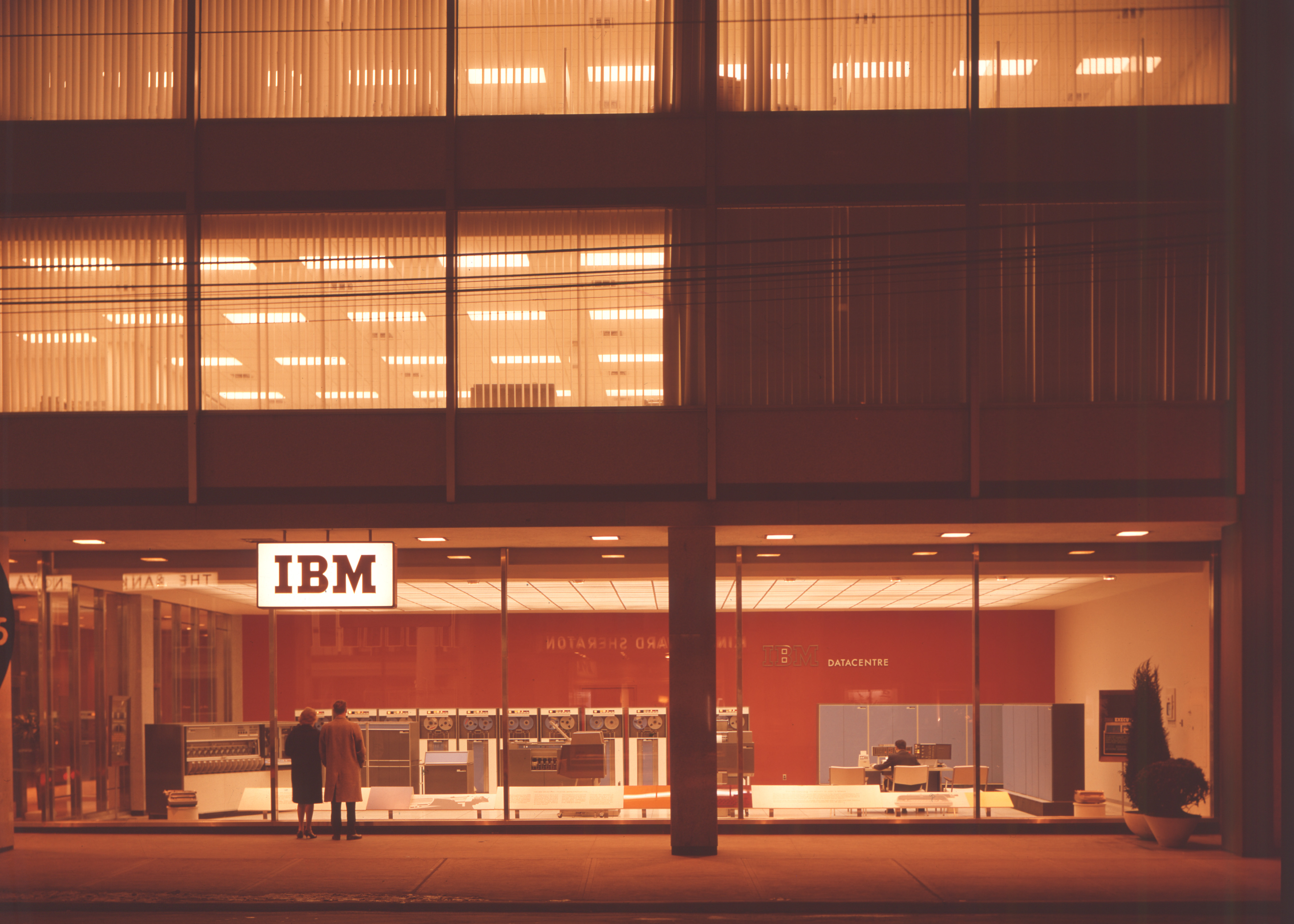


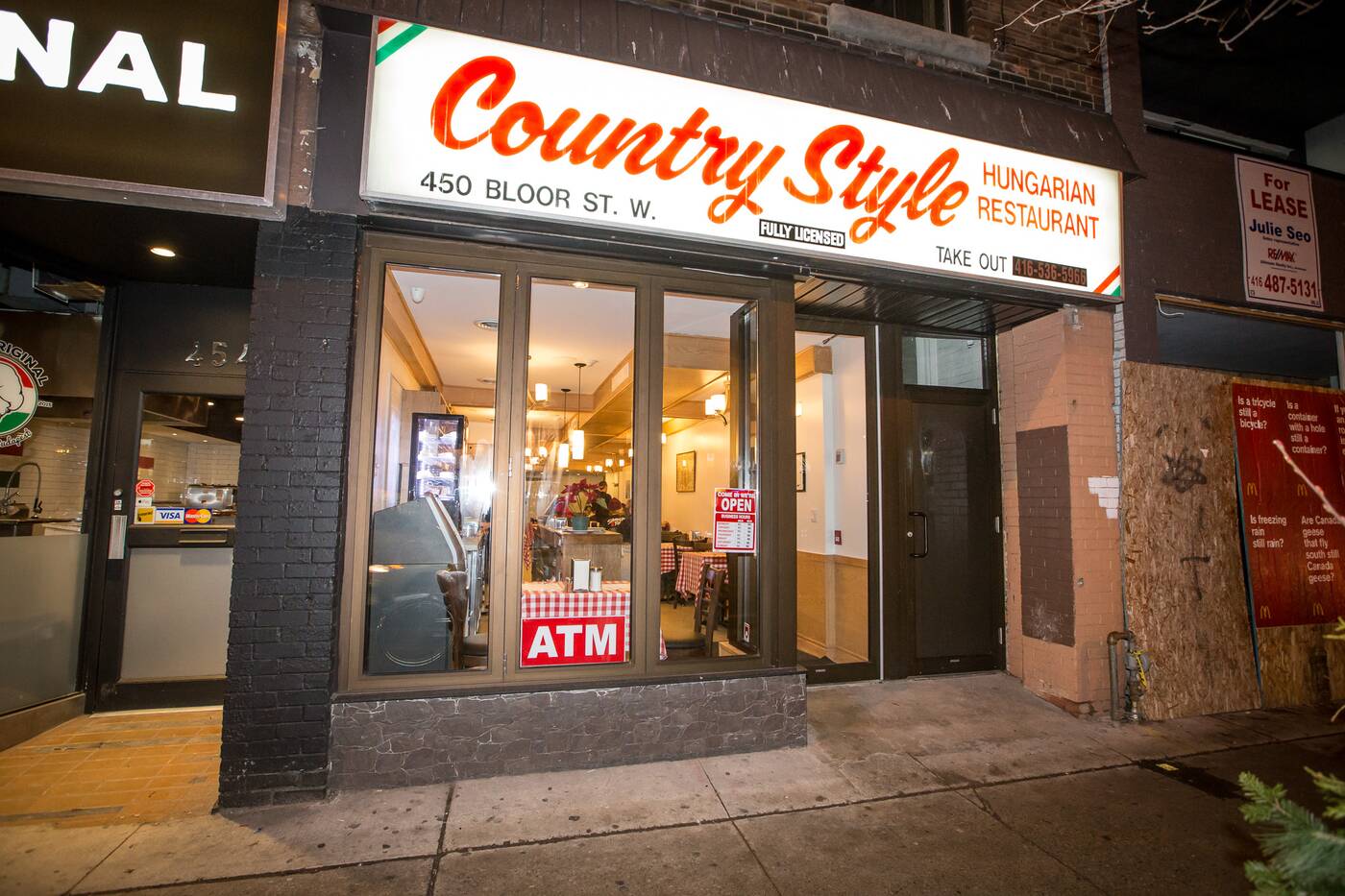





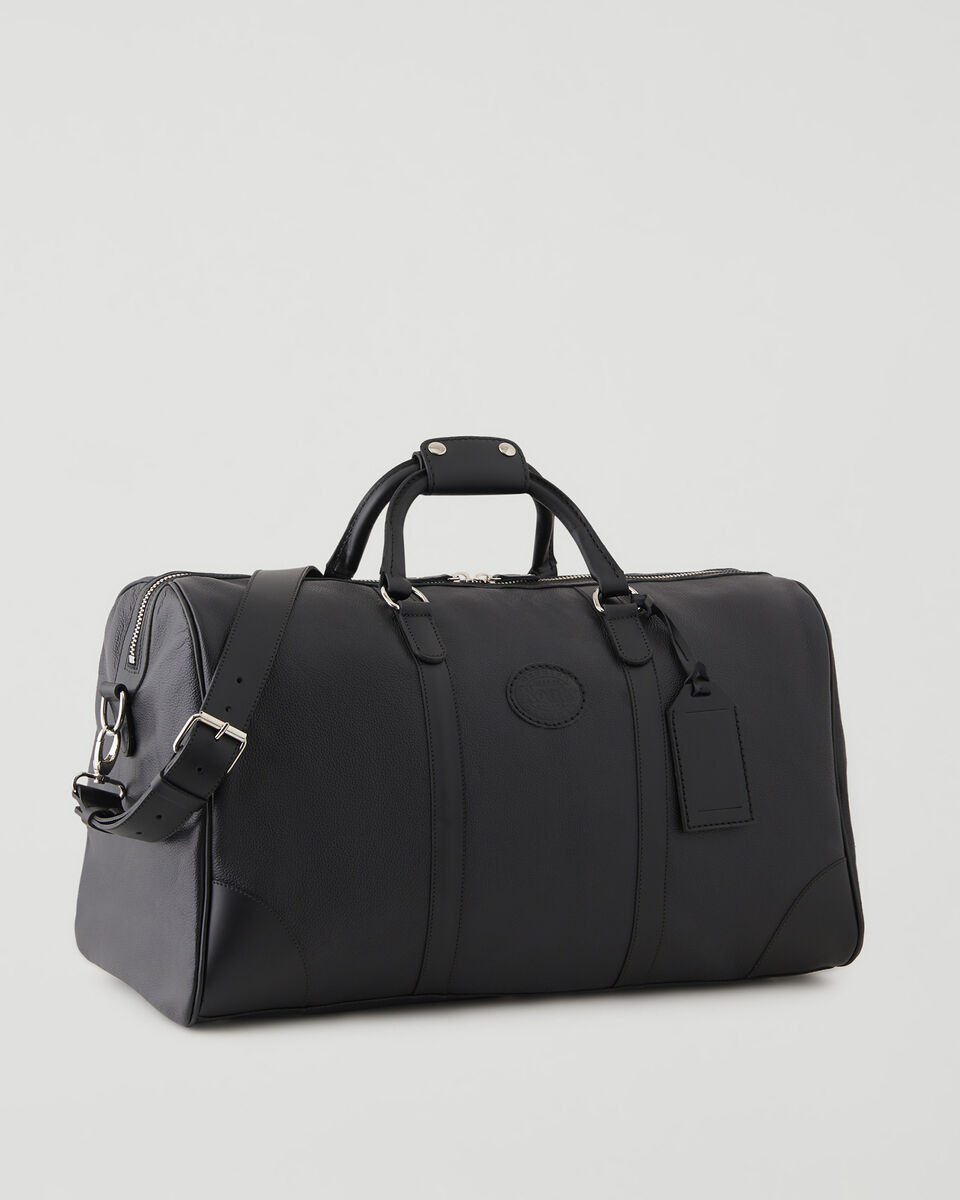

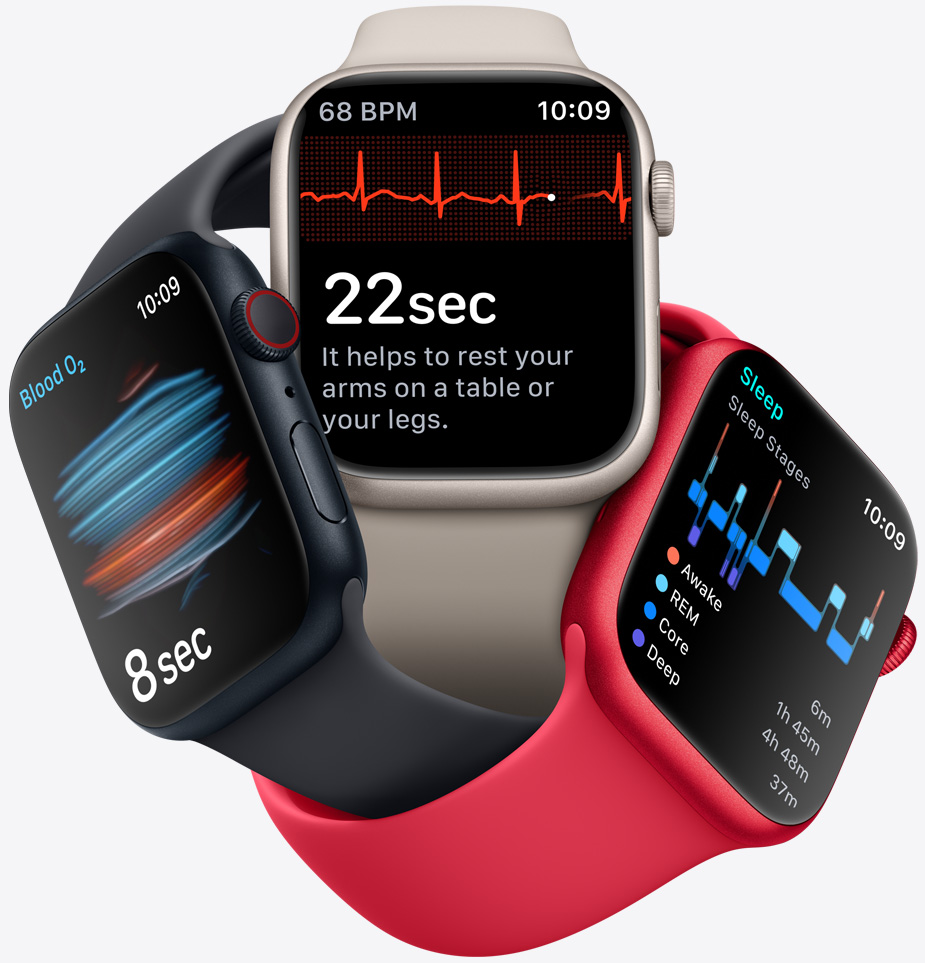

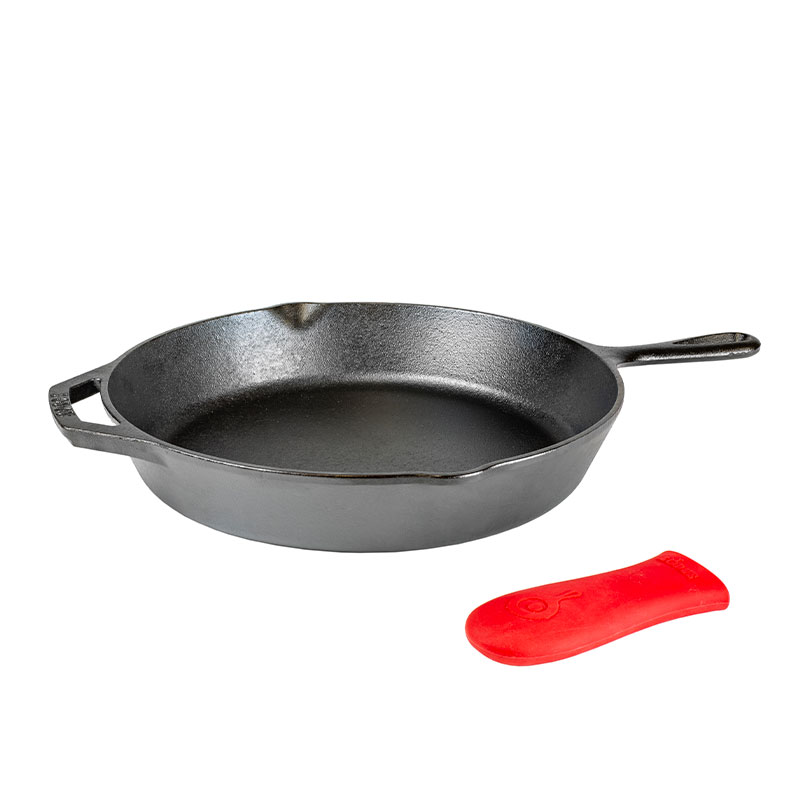












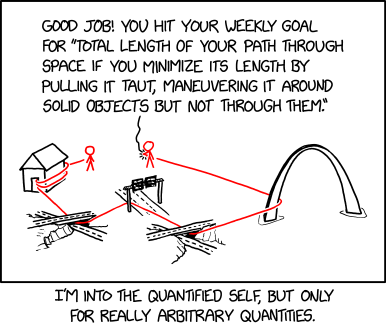
:format(webp)/cdn.vox-cdn.com/uploads/chorus_image/image/47794493/BR_Exterior.0.0.jpg)

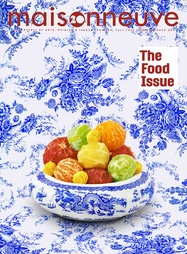




















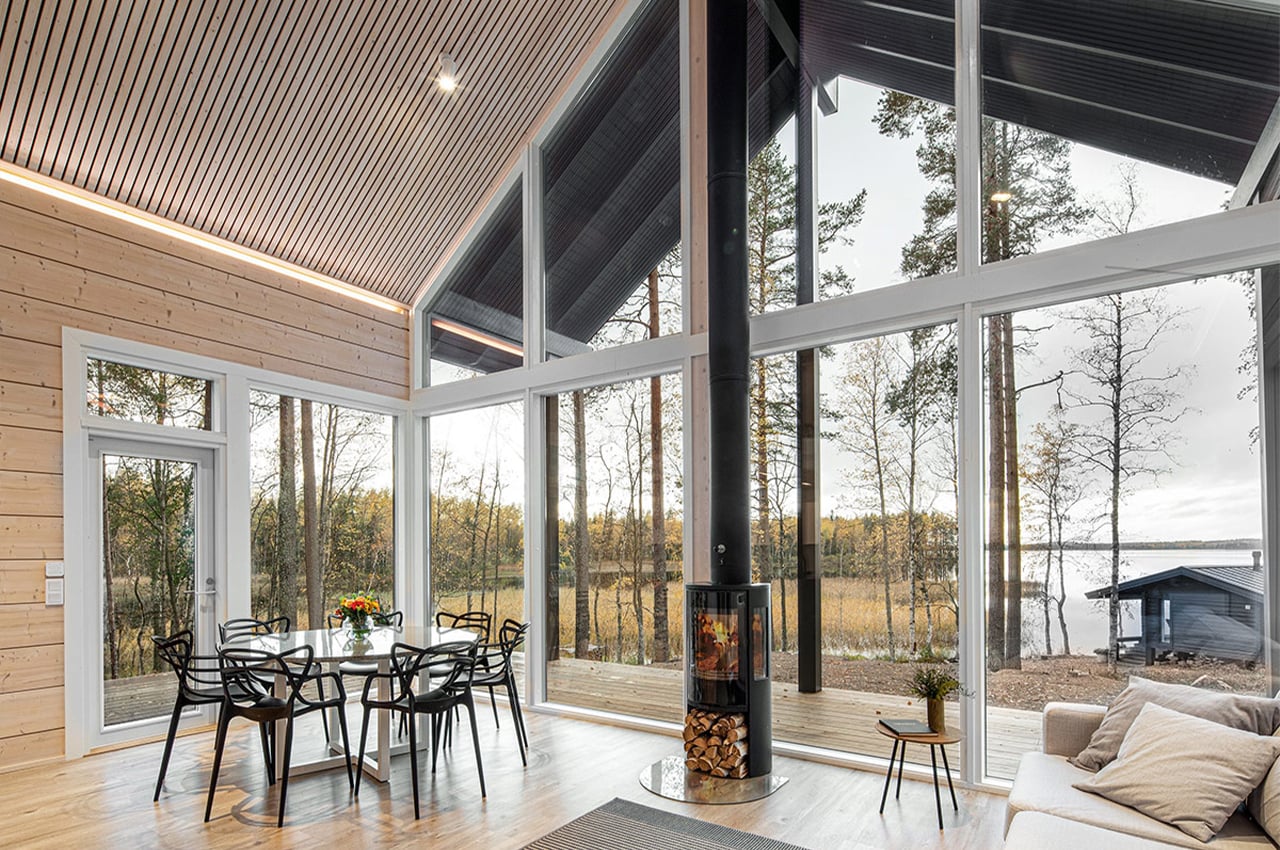
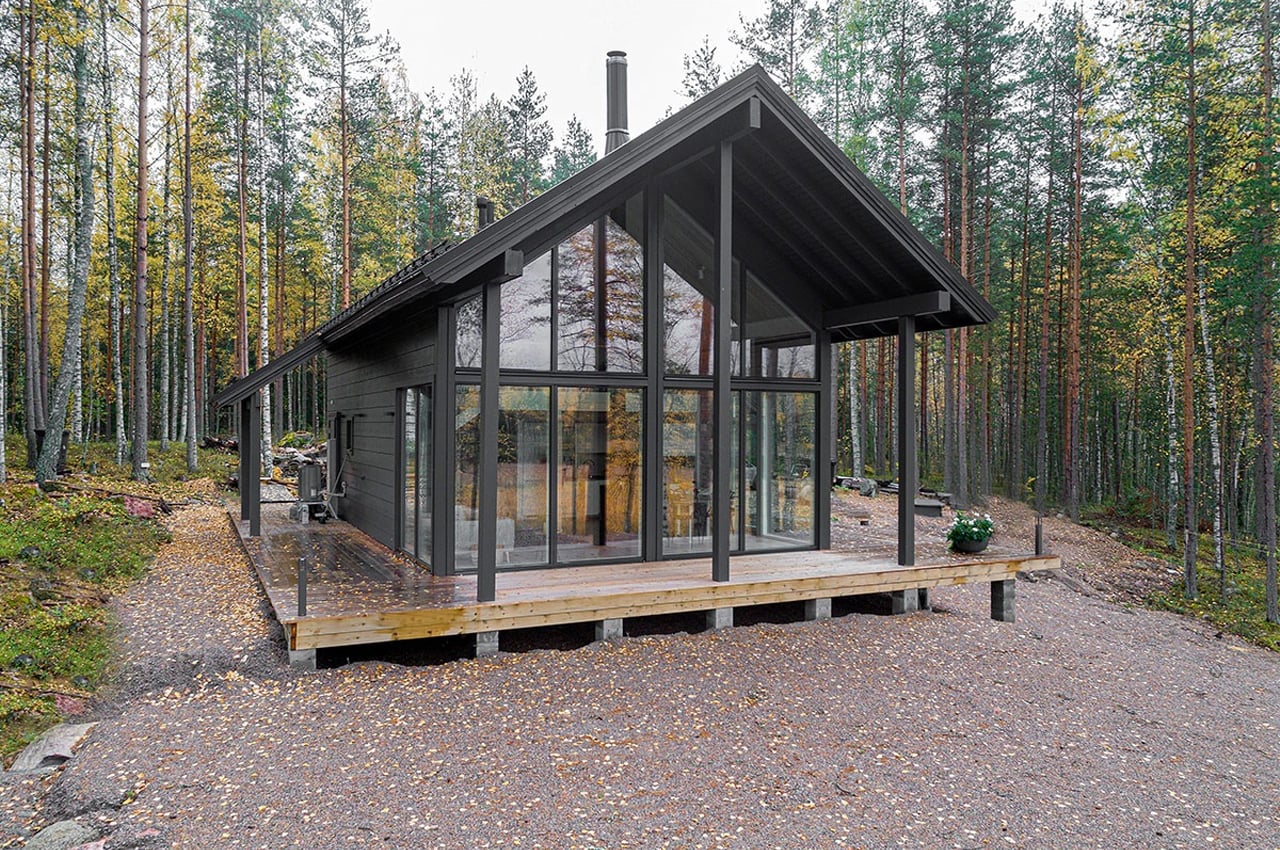




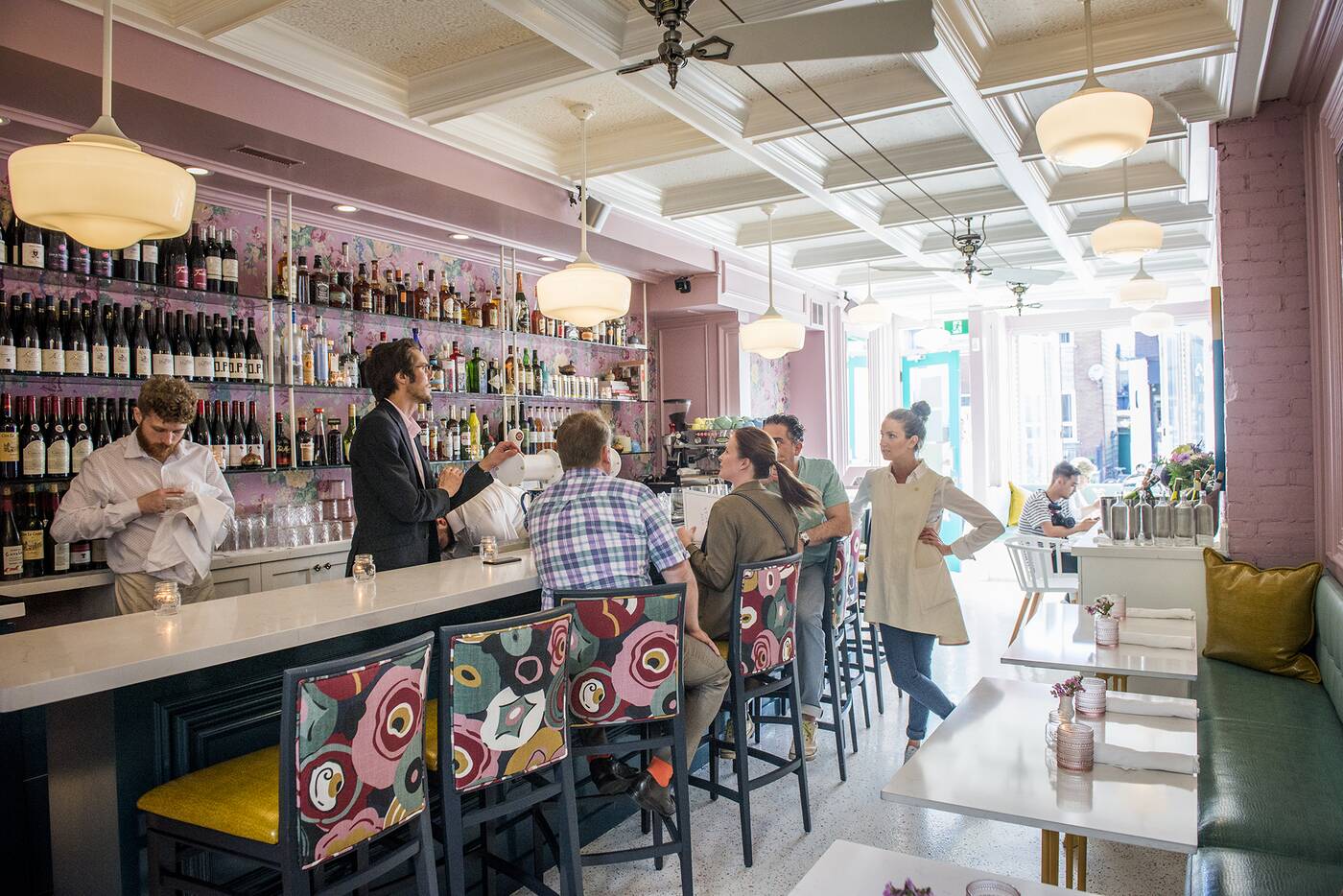




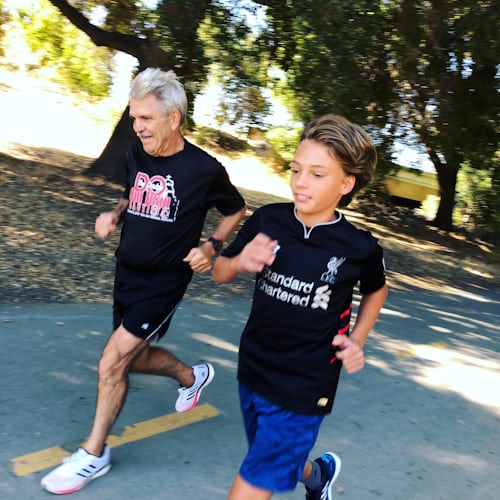 Here’s two worthwhile pieces on growing old:
Here’s two worthwhile pieces on growing old: